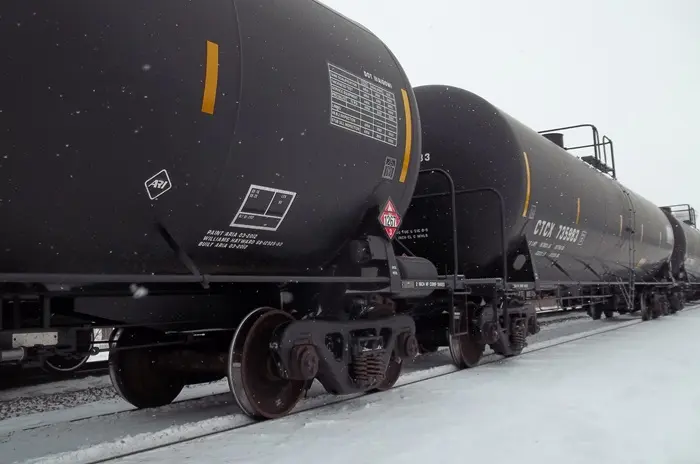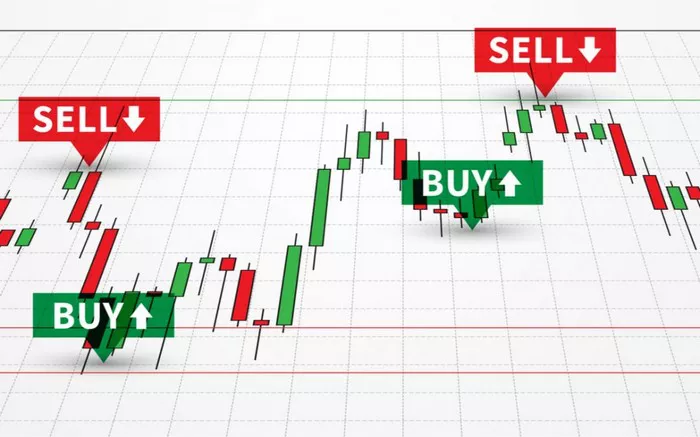On Thursday, crude oil and gasoline prices saw a moderate uptick, with October WTI crude oil (CLV24) closing up by 1.50% and October RBOB gasoline (RBV24) rising by 1.36%. This rebound follows a recent decline, where technical indicators signaled that crude prices had reached oversold levels after hitting a two-week low on Wednesday.
The upward momentum in crude prices was supported by data from the U.S. Energy Information Administration (EIA), which revealed a sharper-than-expected drop in weekly crude inventories to a 6-1/2 month low. However, gains were capped by concerns over energy demand, following weaker-than-expected manufacturing activity reports from both the U.S. and the Eurozone.
Manufacturing Weakness Raises Demand Concerns
U.S. and Eurozone Manufacturing Declines
Economic data released on Thursday highlighted a decline in manufacturing activity, which poses a bearish outlook for oil prices. The S&P August U.S. manufacturing PMI dropped by 1.6 points to 48.0, marking its lowest level in eight months. Similarly, the S&P August Eurozone manufacturing PMI fell slightly to 45.6, below expectations and signaling a continued contraction.
China’s Industrial Slowdown
In addition to Western economic challenges, concerns over China’s energy demand continue to pressure oil prices. China’s steel production fell by 9% year-on-year in July, hitting its lowest point of the year, reflecting weakening industrial and construction activity in the world’s second-largest crude consumer.
Refinery Cutbacks Reflect Weaker Gasoline Demand
U.S. Refiners Reduce Capacity
Signs of diminishing U.S. gasoline demand have led several refiners to scale back operations, further weighing on crude prices. Marathon Petroleum, which operates the largest U.S. refinery, announced plans to reduce its refining capacity rate to 90% for the current quarter, marking the lowest third-quarter rate since 2020. Similarly, PBF Energy and Phillips 66 have also reduced their refining capacity to multi-year lows.
Geopolitical Tensions Offer Crude Price Support
Middle East Conflict Risks
Fears of escalating conflict in the Middle East, particularly involving Iran, continue to provide underlying support for crude prices. Tensions remain high following last month’s assassination of a Hamas leader by Israel in Iran. The potential for a broader conflict involving Israel, Hezbollah in Lebanon, or even a direct confrontation with Iran poses a risk to crude supply from the region. Additionally, ongoing attacks on commercial shipping in the Red Sea by Iran-backed Houthi rebels have forced ships to reroute around Africa, disrupting global crude supplies.
Russian Output and Global Supply Dynamics
Increased Russian Production
Contrary to these supporting factors, increased crude production from Russia has had a bearish impact on prices. Russia’s Energy Ministry reported that July crude production exceeded its OPEC+ target, reaching 9.045 million barrels per day, adding to global supply pressures.
Crude Stored on Tankers Declines
On a more bullish note, the volume of crude oil stored on stationary tankers globally has decreased, according to Vortexa, which reported a 4.1% week-on-week drop to 66.26 million barrels for the week ending August 16.
OPEC+ Production Plans and Market Reactions
OPEC+ Gradual Production Increases
OPEC+ recently announced plans to restore some crude production in the fourth quarter, leading to concerns about a potential supply glut. While OPEC+ extended its voluntary 2 million barrels per day production cuts into the third quarter, it plans to phase out these cuts over the next 12 months, starting in October. Despite this, OPEC committed to maintaining a crude production cap of around 39 million barrels per day until the end of 2025, with the UAE receiving a 300,000 barrels per day increase to its 2025 production target.
June Production and U.S. Rig Count
In June, OPEC crude production saw a slight decline of 80,000 barrels per day to 26.98 million barrels per day. Meanwhile, U.S. crude oil production as of August 16 rose by 0.8% week-on-week, matching the record high of 13.4 million barrels per day achieved earlier in the month. However, Baker Hughes reported a slight drop in active U.S. oil rigs to 483 for the week ending August 16, just above the 2-1/2 year low of 477 rigs recorded in July.
Conclusion
Market Balancing Act
The crude oil market continues to balance between factors supporting prices, such as geopolitical risks and declining inventories, and pressures from weaker demand signals and increased production in certain regions. As the global economic landscape evolves, crude prices are likely to remain sensitive to both supply disruptions and demand fluctuations.
[inline_related_posts title=”You Might Be Interested In” title_align=”left” style=”list” number=”3″ align=”none” ids=”3248,3208,3139″ by=”categories” orderby=”rand” order=”DESC” hide_thumb=”no” thumb_right=”no” views=”no” date=”yes” grid_columns=”2″ post_type=”” tax=””]





























